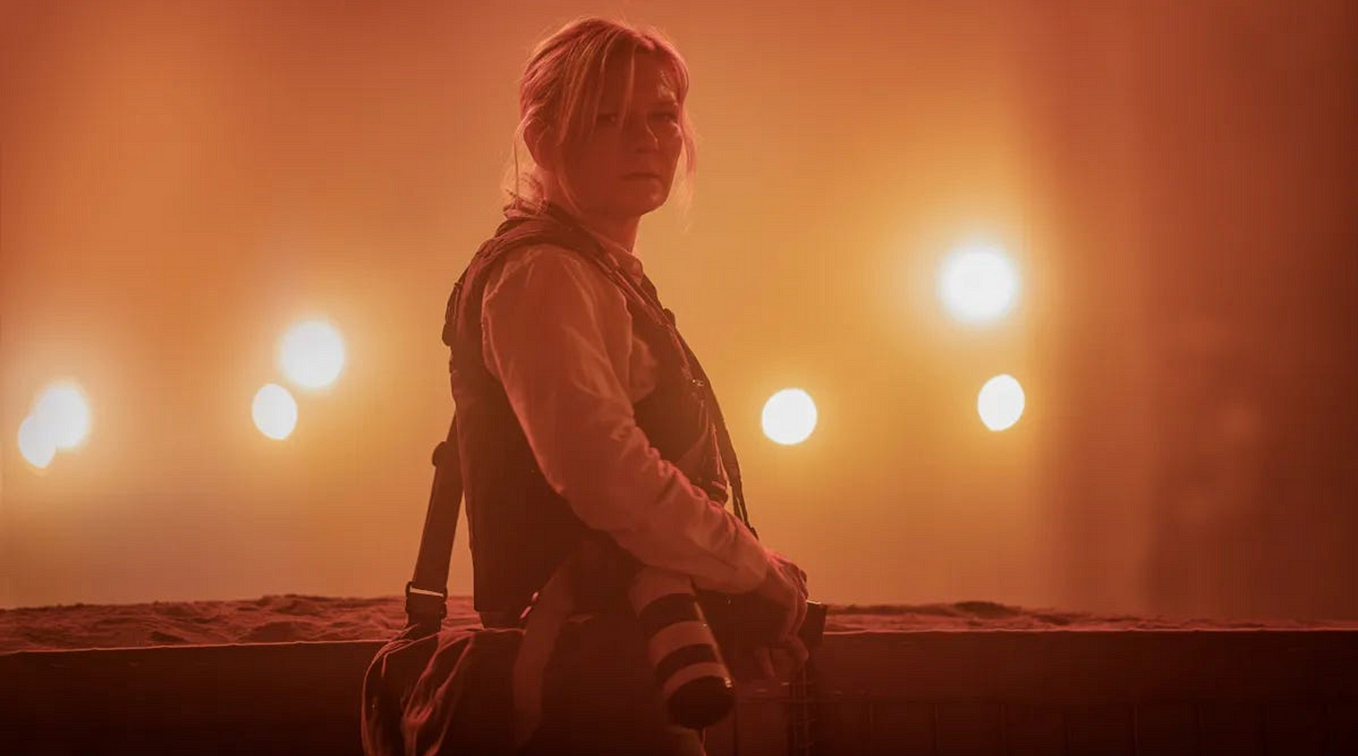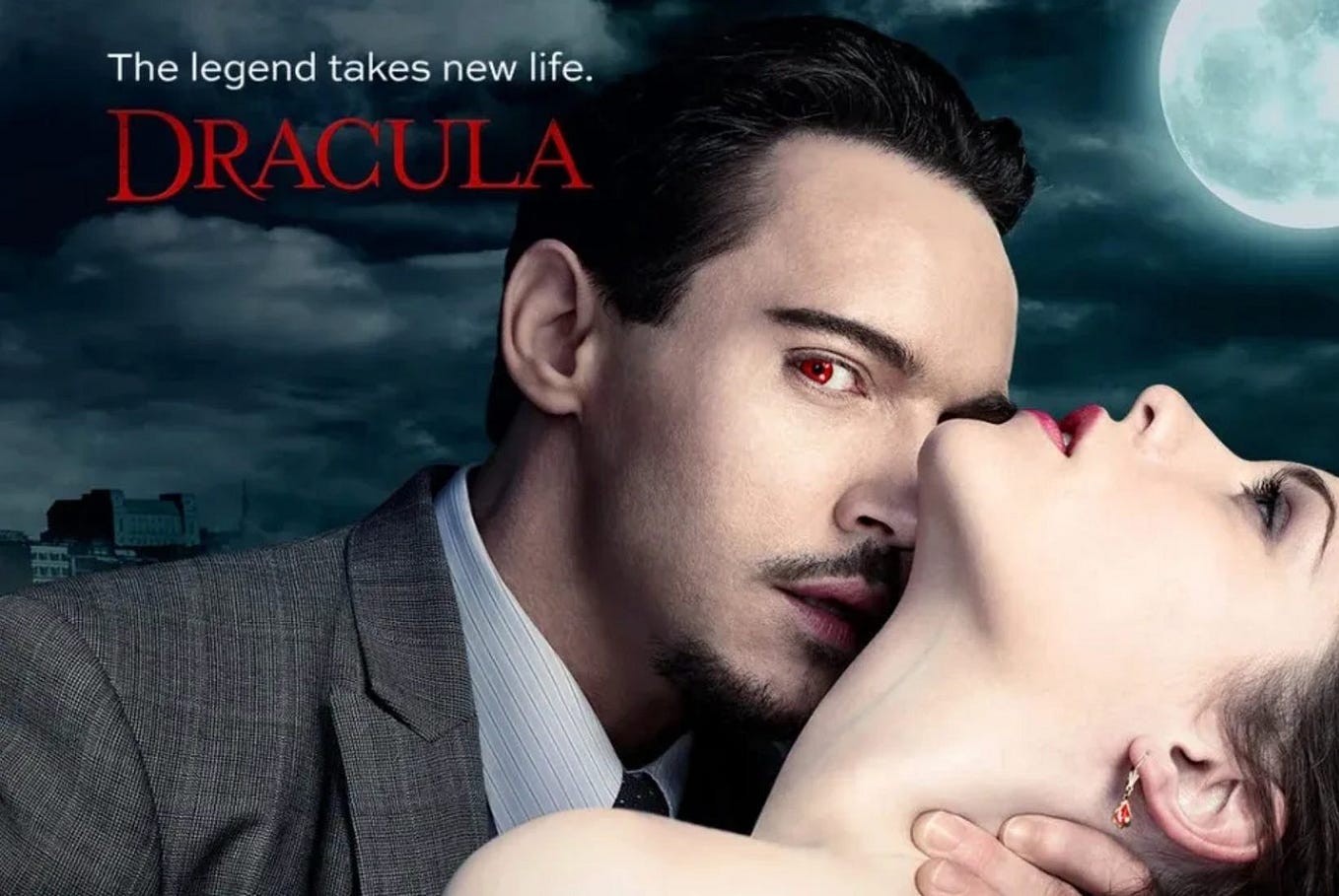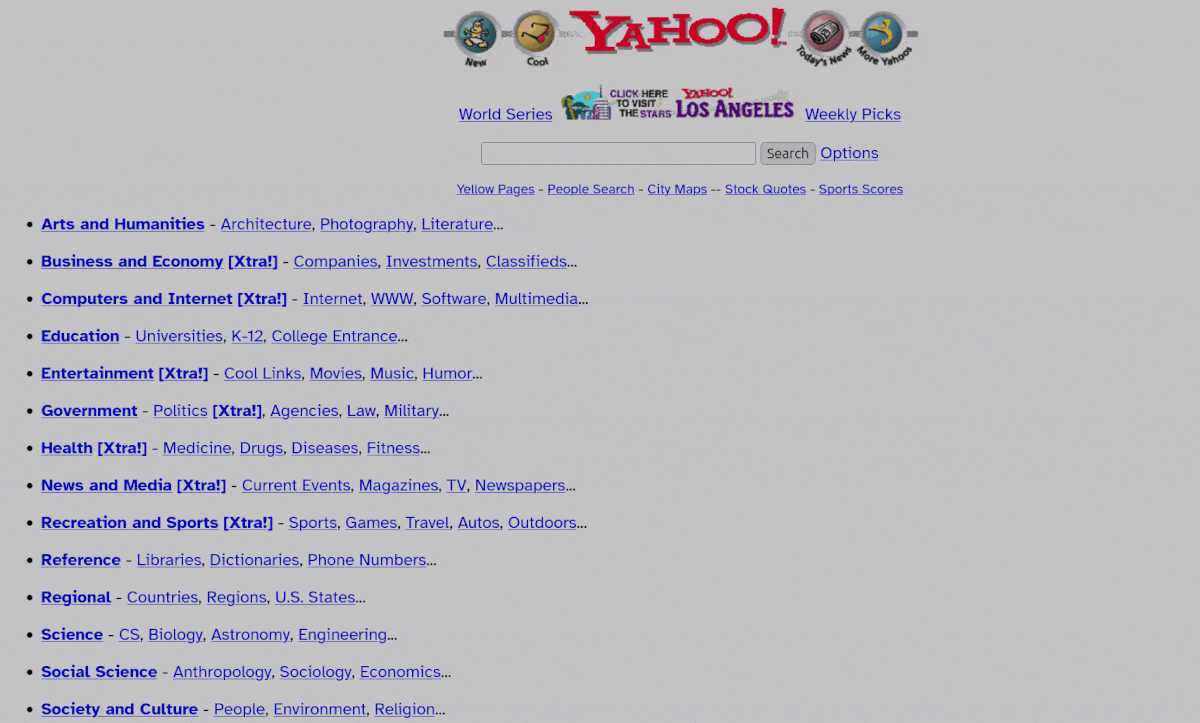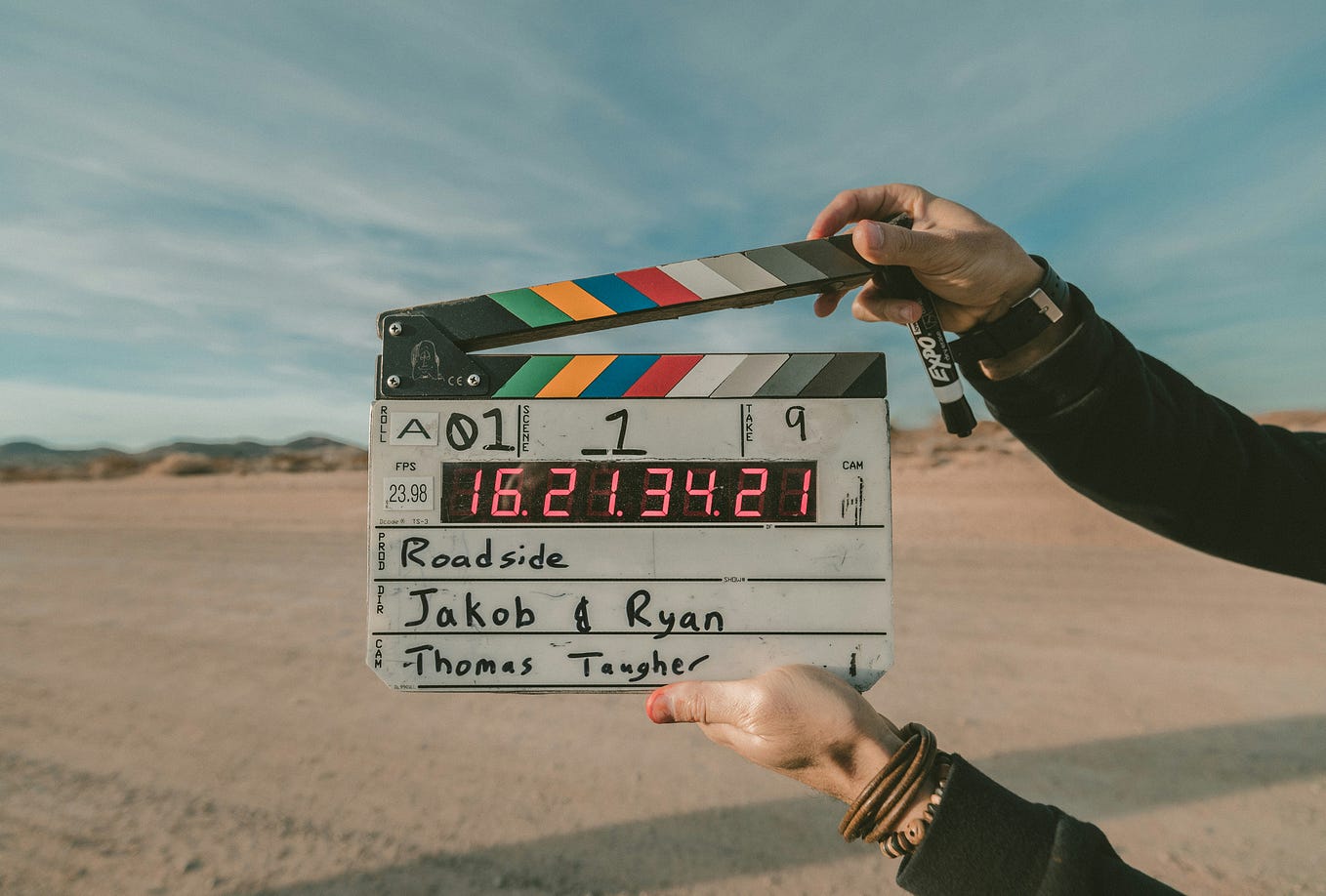Q&A: ‘The Resident’ Creator Amy Holden Jones Looks Back at the Ups and Downs of Her Long Career (Part 2)
The trailblazing screenwriter/director breaks down the bumpy road from helming THE SLUMBER PARTY MASSACRE to creating her hit medical series for Fox
Amy Holden Jones, screenwriter, director, and, most recently, creator of “THE RESIDENT”¹, has had a long career of ups and downs and ups again. Starting in the seventies, she began to blaze a trail for female American filmmakers built on a series of bold — some might even say audacious — decisions, from cold-writing Martin Scorsese for advice, to turning down editing E.T. THE EXTRA-TERRESTRIAL for Steven Spielberg, to becoming the first — and, still, only — woman to direct a slasher film. Her success with THE SLUMBER PARTY MASSACRE (1982) should’ve launched a long and exciting career as a director, but, as you’re about to discover, her ambitions quickly collided with the boys-only mentality that still largely reigns in Hollywood today. But Amy, being Amy, didn’t let that stop her, which is why I encourage you to read both parts of my epic artist-on-artist conversation with her. There’s much to learn from her journey, which, while far from over, has recently enjoyed a triumph — the conclusion of a six-year run of the wildly successful “THE RESIDENT”. In Part 2 of our Q&A, we track her career from SLUMBER PARTY to today.
Before you continue, be sure to read part 1:
COLE HADDON: Okay, Amy, so when we left off, you had just turned down Spielberg’s offer to edit E.T. and, proving yourself to producer Roger Corman by shooting some test footage from a script in his library, been given the opportunity to direct your own film. You’re a director now. How was the film in question, THE SLUMBER PARTY MASSACRE, received at the time of its release?
AMY HOLDEN JONES: The cast-and-crew screening and the first preview of SLUMBER PARTY were both wild successes. Critics, of course, excoriated me because I was a woman and I made a slasher film. I guess if we got a shot, a comedy or family film were the only acceptable genres for a woman. It took nearly forty years for critics to see that SLUMBER PARTY MASSACRE is a fundamentally feminist film, written by women, directed by a woman, with jokes, metaphors, and scares that reflect a woman’s sensibility and fears. It was recently named one of the top one-hundred horror films of all time and is the only slasher ever directed by a woman. It’s still shown around the country, is available on Blu-ray DVD, and has a large, rabid fan base. I went with my “RESIDENT” writing staff to a revival at the Beverly Cinema. The theatre was packed and we had a great time.
CH: You cost yourself the chance to watch E.T. with your daughter, but have you been able to watch SLUMBER PARTY MASSACRE with her?
AHJ: Teenagers love SLUMBER PARTY MASSACRE, and by the time Emma was one, she loved horror films far more than kid’s movies like E.T. The fact she wasn’t grossed out by it was a relief. Obviously, E.T. is a classic, a masterpiece, but laughter and jump scares have value, too!
CH: Jump scares are as essential to the cinematic experience as laughter, as far as I’m concerned.
AHJ: Eventually, I did a massive rewrite and shared credit on a movie that evoked deep feelings in children, including mine. That film was BEETHOVEN, and my input was based in large part on my own experience with our beloved family dog. I brought my eight-year-old son, Patrick, who’d rescued that dog, to an advance screening. When the lights came up, Patrick looked up and said with his whole heart, “Mom, I’m so proud of you.” That was a great moment for me because BEETHOVEN would not have existed in the same way without the work I did on that script. Ultimately, even if I had cut it, E.T. is screenwriter Melissa Mathison’s and Steven Spielberg’s film.
SLUMBER PARTY was hugely successful for Roger [Corman] … but it did not generate a single job offer for me outside of New World Pictures.
CH: We can’t tackle your entire biography, but I have a sense of what happened next to your ambitions to direct. Hollywood’s sexism took its toll, would that be fair to say?
AHJ: SLUMBER PARTY was hugely successful for Roger, so much so that he did several sequels and even rip-offs of the film. But it did not generate a single job offer for me outside of New World Pictures. I returned to Roger with a plan. He now had an art house distribution network that he used for Truffaut, Ingmar Bergman, and Fellini films. I suggested we make what was then called an “art film” for those theaters and the new revenue stream — VHS. He was intrigued as long as it still had a commercial hook. A film was out called SHOOT THE MOON, starring Albert Finney and Diane Keaton. It was all about how hard it was on a married man when he cheated on his wife. It infuriated me as I believe that situation is far harder on the wife and the “other woman”. A betrayed wife had been dramatized many times, but no one had ever made a film from the “other woman’s” point of view. I began to write.
This would be a pattern in my screenplays, taking genres with male leads and figuring out how they would work with a woman as the main character. I wrote, on spec, my first entirely original screenplay, LOVE LETTERS. Roger put it immediately into production with no notes. When he believed in someone’s talent, he let them have their own voice and never tried to take control. Jamie Lee Curtis, who was then making a million dollars a picture, signed on to play the lead for a pittance because she loved the script.
CH: It’s been so many years since I saw LOVE LETTERS. I think I watched it with my mother, if I recall correctly, but I might be imagining that memory. Was it a success?
AHJ: The film did well in limited release, got a great Siskel & Ebert review, and went to all the major festivals — but again, no one offered me a job except Roger. It was time to move on. I had to sit down and generate my own material, so I began to write again. There were endless films being made about a group of boys or young men bonding at this time. There were no movies about the friendship between young women. I wrote MYSTIC PIZZA for myself to direct.
I was told, literally, “Men pick which movie a couple goes to see. They don’t pick a chick flick.”
CH: There it is, that approach you described — reimagining popular cinematic dynamics from the overlooked female POV.
AHJ: But that is where I hit the wall. MYSTIC PIZZA was loved by development executives — then called “D girls,” horrifyingly enough. Once it reached the upper echelon of male executives, it was passed on by every major studio. I was told, literally, “Men pick which movie a couple goes to see. They don’t pick a chick flick.” Universal even offered to make the film if I changed the women into men.
CH: Jesus. I’m going to say that a lot as you keep talking, aren’t I?
AHJ: Finally, it was optioned by Samuel Goldwyn Jr., who I’d soon learn did not trust or like women. Ultimately, he basically stole the script from me and tried not to pay me by suing me to sign his version of a contract that gave him MYSTIC PIZZA for the rest of my life for $5,000.
CH: Yep. Jesus.
AHJ: Long story short, my most personal passion project was ripped from my hands because I did not have the resources to fight a bullying multi-millionaire willing to bludgeon me with a lawsuit I couldn’t afford to defend. By the time it was made, I’d also co-written and directed MAID TO ORDER, a comedy starring Ally Sheedy. MYSTIC PIZZA was directed by a man who had never directed a feature in his life. Happily, my script was well known in Hollywood and my characters and story survived. Due to great casting, MYSTIC PIZZA became the film I hoped it would be. It was the first script I’d done that I had not directed myself, and I began to get offered work as a screenwriter — not as a director. Once again, I’d be the woman beside the guy who was in charge, but at least from now on the words on the page would be mine.
I had to live with watching my assistant editor on SLUMBER PARTY direct studio features I’d never get. It was frustrating, but so ingrained in the culture, things like this were almost expected.
CH: Which brings us to the late eighties and another evolution in your career — though this time one I expect you were forced to accept rather than the risky choices we’ve already discussed. With one exception, you became a full-time screenwriter. Not just a screenwriter, either. You had a lot of films produced and I imagine there were a lot more you developed that went nowhere as is just par for the course. On one hand, your career at this point was nothing short of remarkable in terms of the number of films produced, but I imagine you must have spent a lot of time struggling with not getting the directing opportunities less-accomplished men were — such as the director of MYSTIC PIZZA. How did you internalize that? How did it affect your creative happiness and even mental health?
AHJ: All feature screenwriters have downtime, which isn’t a bad thing. I had a family, and the role of writer better suited my kids. And the downtime could always be filled by writing a new spec. I had to live with watching my assistant editor on SLUMBER PARTY direct studio features I’d never get. It was frustrating, but so ingrained in the culture, things like this were almost expected.
AHJ (cont’d): As a screenwriter, for a long time, nearly everything I wrote or re-wrote got made. Since I wasn’t writing for myself, I took on big-budget scripts. INDECENT PROPOSAL blew my career wide open, and I entered the world of what were then called “A-list screenwriters”.
CH: How prevalent would you estimate women were in that group at the time?
AHJ: The male-to-female ratio was probably about ten to one. I guess some part of me was just happy to be in the mix. BEETHOVEN, THE GETAWAY, THE RELIC, and more — including uncredited rewrites — followed.
CH: I wonder, were you able to find satisfaction doing that?
AHJ: Ultimately, I became happier writing features and not directing them. I came to believe what you do all the time is where you excel, and what I did more than anything else was write. Now it was what I also enjoyed.
CH: But there was one more big change — another big pivot in your career — coming your way, wasn’t there?
AHJ: Yes, the business shifted, again driven by technology, and most of the interesting work was suddenly on television.
CH: Myself, I struggled with the idea of TV, even as I watched some of the best TV of my life being made around me. I was just a cinephile. I loved film too much. Was it a pragmatic step for you, because that’s where the work was at the time, or were you intrigued at all by anything the medium had to offer you as an artist?
I was watching great shows like “THE SOPRANOS”, and I believed what was happening on the small screen was superior to nearly all feature films.
AHJ: It was pragmatic and creative. I was still getting plenty of work, but the assignments were less interesting. Animation technology was changing and becoming a huge driver of jobs. I did a live-action version of “THE JETSONS”. So have about forty other writers. None were made. I wrote CASPER 2, which fell apart when Christina Ricci withdrew. And I had my heart broken when a spec that I’d written and sold for a great deal of money was shelved. Only one in ten specs that sold for a million dollars in those days ever got made. I was no longer batting a thousand. There were far fewer features going into production. Most were tailored for an international market. I was not the person you’d hire for a Bond film.
Meanwhile, I was watching great shows like “THE SOPRANOS”, and I believed what was happening on the small screen was superior to nearly all feature films. And the format was new and exciting. I wanted the chance to write characters over time. Features seemed like short stories and the great TV shows were more like novels. TV was something different, a way to stretch myself.
CH: Of course, that leap eventually led to “THE RESIDENT”, which just ended its run after six incredibly successful seasons — congratulations, by the way. There are so many things we take away from a hit series, but I wonder if it was a validation at all of all your years of hard work?
AHJ: I am incredibly proud of “THE RESIDENT”. I worked harder on it for six years than I ever did in film. And when I look at it now, it is very much my own and exactly what I wanted it to be. Features and TV are extremely different. I feel lucky to have had work in both these worlds.
In features, I did every genre. In TV, I became known for writing medical shows, not because that’s all I can do, but because few people can write a good medical pilot — so I was hired to do it again and again. An executive who should know better recently asked me if medical shows were all I could do!
CH: Hollywood’s ability to put us in boxes is legendary — and infuriating.
AHJ: It would be nice to do something quite different for TV. Right now, I have a crime show in play and I’m working on a sprawling soap. However, things are complicated because there is yet one more technological revolution going on. Network TV is at a crossroads.
CH: Can you expand on that?
AHJ: Budgets are being cut and reality TV and sports are filling network schedules along with reboots and spin-offs of already existing shows. The chances of edgy original material like “THE RESIDENT” making it onto one of the networks are low. But working for the streamers is a mixed bag, too. Promotion is scant, pay is lower, and seasons are shorter. Worst of all, there’s too much product and all the streamers are spending far too much on “sure things” with huge IP that fail. I’m not aware of anyone in streamers who is like Roger Corman, able to separate good ideas from bad. Instead, they rely on algorithms. Would a computer ever have picked “THE RESIDENT”? No.
CH: Okay, final question. Hollywood has changed so much since you entered the film business. As a woman, you had to help blaze a trail that many are benefiting from today. How do you feel about that journey — both the triumphs and the scars — from your perspective today, and how do you feel about women’s future in Hollywood?
Maybe if I’d been of their generation, I’d have had time to cross that bridge, too. No one would have taken MYSTIC PIZZA away from me and given it to a man.
AHJ: I think the future for women is far brighter now, particularly for directors and writers. I live in a world where half our episodic directors on “THE RESIDENT” were women.
CH: God, that makes me happy.
AHJ: This is a tremendous change. In my era, women weren’t asked to direct television at all. The situation is murkier for creators, I’m afraid. We are still significantly outnumbered by men. A boy’s club remains, particularly in the executive offices. I take heart in the huge talent and creative output of people like Shonda Rhimes and Sally Wainwright. I am in awe of them and feel they have crossed a bridge I haven’t crossed, to the stratosphere of critical and financial success in television. They proved it can be done. But both are far younger than I am. Maybe if I’d been of their generation, I’d have had time to cross that bridge, too. No one would have taken MYSTIC PIZZA away from me and given it to a man. Still, I am grateful for the body of work I have. All the women of my generation fought terrible odds. I don’t think it’s possible for the young to fully understand, and for that, I’m incredibly glad.
If you want to hear more from me about storytelling and the arts and, on occasion, my musings about life, subscribe for free to me here at Medium or, to receive my free arts-centric Substack newsletter, subscribe to 5AM STORYTALK.
And if you feel my writing has added anything to your life and/or understanding of art, you can support this work by buying me a coffee.
You might also enjoy these recent screenwriter interviews from me:
¹“THE RESIDENT” was co-created by Amy Holden Jones, Hayley Schore, and Roshan Sethi







